



La pagode de la Dame céleste (en vietnamien: Chùa Thiên Mụ) est la pagode la plus haute du Viêt Nam avec les six étages supérieurs de sa tour, dénommée « Source de félicité ».
Elle se trouve à Hué sur la colline Ha Khe à trois kilomètres de la citadelle de Hué et surplombe la rivière des Parfums. C'est un des symboles majeurs de la ville.
.jpg)
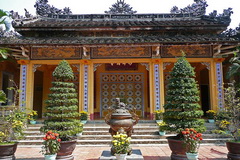
The pagoda includes a main sanctuary with two statues of the Deity Eight Vajra.Dieu De Pagoda was built by King Thieu Tri in 1844 on the platform of 5,000m² in his old residence, where he was born in 1807. It was constructed on a large scale, but was badly damaged during the successive wars....

It is a delicate pavilion with a south view. In front of the Pavilion is a large court leading to the Nghinh Luong Pavilion (Pavilion for Fresh Air) on the Perfume River bank.There had once been a tiger - elephant duel on the pavilion grounds in 1829 to entertain Emperor Minh Mang. In his...

The tomb of Gia Long is in fact a group of tombs including those of the Emperor's relatives. The whole compound is spread on a joint mountain with 42 small and big mounts, amongst which Dai Thien Tho is the biggest.To visit Gia Long's tomb, tourists can go by boat about 18km along...
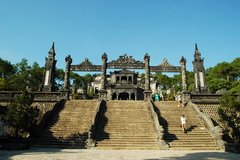
De tous les tombeaux impériaux qui jalonnent la rivière des Parfums, le mausolée de l’empereur Khai Dinh, l’avant-dernier souverain de la dynastie des Nguyên (1802-1945), est le plus étonnant, son architecture étant totalement différente...
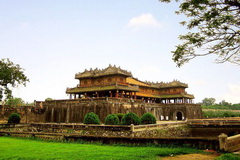
Elle sert d’entrée principale et de façade de la Cité Impériale. Construite en 1833 sous le règne de Minh Mang au moment du ré-aménagement de la Cité. La Porte du Midi constitue un ensemble d’architectures diversifié, elle...
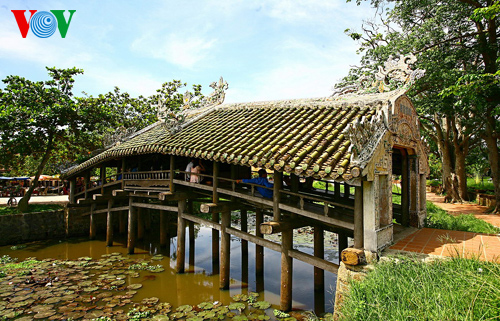
Thanh Toan old bridge built in 1776 for the connection between villages and a place to have some breeze during the summer day. The Bridge is one of the oldest bridge in Vietnam recognized by as country heritage in 1990
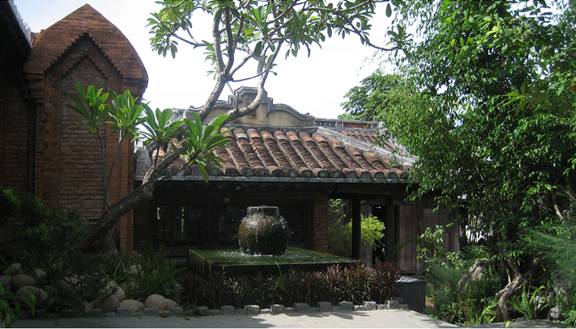
Travelling to Hue you may look for some corners where still keep remain it owns culture, architecture and a traditional food let visit Phuoc Tich ancient village with old house architectures, 500 years old temple and a collection of ceramic relics which are strong reflection of Hue culture....
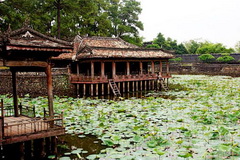
Le tombeau de Tu Duc est construit dans une vallée étroite appartenant au village de Duong Xuan Thuong (aujourd’hui, c’est le hameau de Thuong Ba, village de Thuy Xuan). Le tombeau est situé au milieu d’une immense forêt de pins, à 8 km du...
.jpg)
Établie comme capitale du Viet Nam unifié en 1802, la ville de Huê a été non seulement le centre politique mais aussi le centre culturel et religieux sous la dynastie Nguyên, jusqu'en 1945. La rivière des Parfums serpente à travers la...
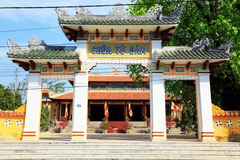
Tu Dam Pagoda was designed following the model of a Conference Pagoda (Chua Hoi). The old and new architectures blend together creating spacious and harmonious elements.Tu Dam Pagoda is one of the biggest and oldest pagodas in Hue. The pagoda was founded at the end of the 17th century (in about...

Soyez le premier à connaître nos offres de voyage exclusives et les nouveaux circuits !.